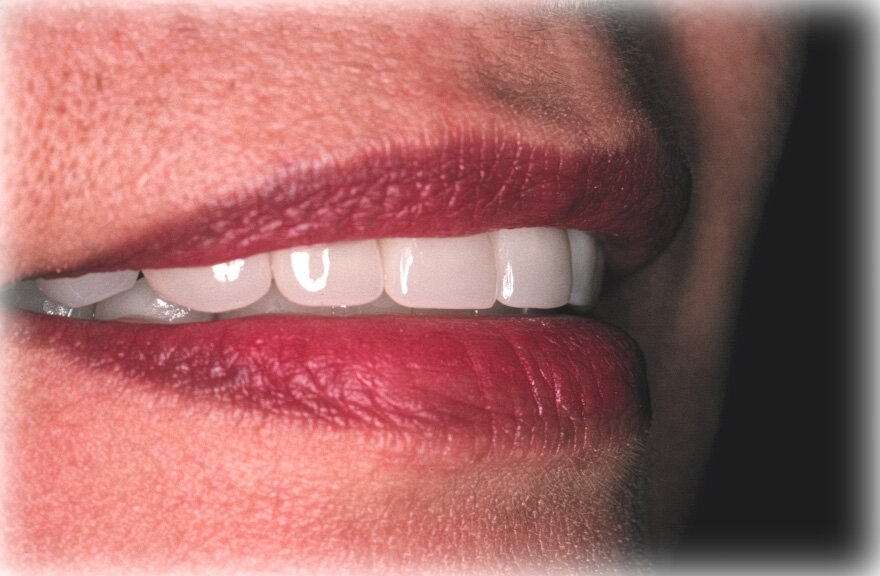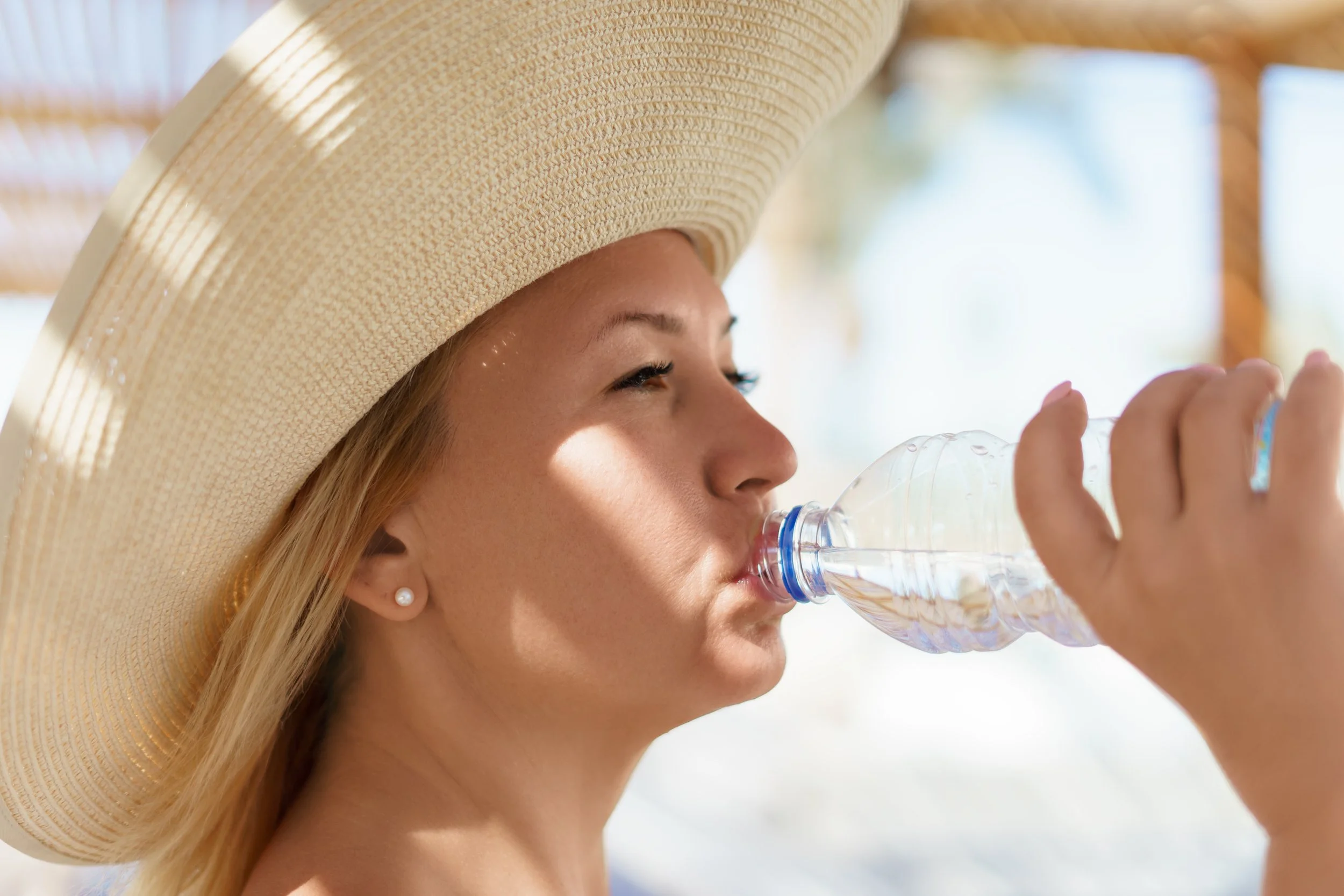Are Do-it-yourself teeth whitening safe? Are they effective?
There are trends in many aspects of our lives that come and go. People post and repost these ideas on social media, and a few believe that they work. But are they safe? Do they even work? I will be discussing four of such trends in teeth whitening here:
Charcoal:
Activated Charcoal is used either by itself or in the toothpaste to whiten the teeth. Charcoal is a porous and absorbent material used in many healthcare facilities to neutralize toxins in spills. It is used as a whitening agent with the same theory on teeth. But Charcoal is not only porous, but it is also too abrasive. Charcoal does remove the surface stain and make the teeth whiter, but for a whitening agent to work, it has to remove the intrinsic stained below the surface of the teeth enamel. Charcoal can not do that.
The abrasive Charcoal can also affect the gums, causing the gum recession if used daily. The effect of Charcoal on restorations like veneers and bondings are not known. There is a greater chance of contamination if Charcoal is used from a jar by dipping a toothbrush. There is also the issue of the staining of the older teeth due to charcoal particles gathering into the superficial cracks and crevices of the older teeth.
I do not approve the use of Charcoal in any form to whiten the teeth.
Lemon Juice:
The enamel of the teeth is the most rigid material in your body. But the enamel is highly susceptible to the acidic environment of the mouth. The low PH softens the enamel, and the regular biting and bruxing wear the natural enamel of the teeth away. Lemon juice has Citric acid. Although one of the saliva's functions is to neutralize the acidity of the mouth by balancing the PH any time you use anything acidic, especially by rubbing them on the teeth to whitening them, it erodes the enamel of the teeth away.
Lemon juice could cause sensitivity and wear of the teeth. When enamel is lost, it is permanent.
I do not approve of the use of Lemon Juice to whiten the teeth, either.
Oil Pulling:
Oil pulling involves swishing an oil like Coconut oil for a while, generally 20 minutes, and then spitting it out. The theory is that the oil pulls all the impurities out of the teeth and makes them whiter as well. Oil pulling is an ancient Ayurvedic tradition.
There is no scientific evidence supporting the health benefit of oil pulling. I experimented with this procedure. It seems that the cleaning effect of the for-example Coconut oil is because the very thick consistency oil swished around the mouth for 20 minutes removes some of the plaque. It is a mechanical function of the oil that swished, rather than any other oil properties.
I do not recommend using the oil pulling technique for whitening the teeth.
Strawberries:
Strawberries contain some citric acid; also, ripe ones contain malic acid, giving the teeth a white appearance. It contains sugar, however, and the teeth need to be brushed afterward. After sitting on the teeth for a few minutes, the strawberry acids soften the teeth' enamel, and just like lemons brushing later removes a layer of natural enamel.
I disapprove of the use of strawberries to whiten the teeth.
Follow Science:
If you want to have your teeth whiter, stick to science. There are several dentist-approved ways to give you whiter teeth. They are safe in the long term and keeps your teeth healthy, white, and your smile beautiful.
The content on this blog is not intended to be a substitute for professional medical advice, diagnosis, or treatment. Always seek the advice of qualified health providers with questions you may have regarding medical conditions.
© Aalam Samsavar DDS and www.drsamsavar.com, 2020. Unauthorized use and/or duplication of this material without express and written permission from this site’s author and/or owner is strictly prohibited.











